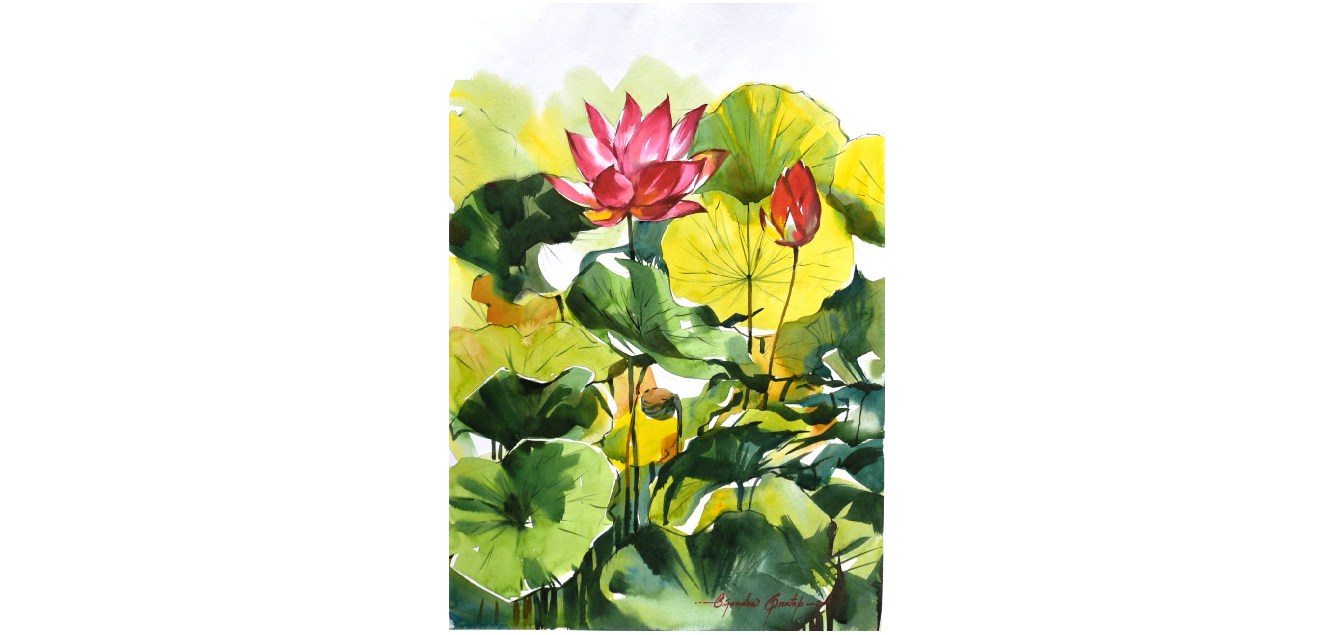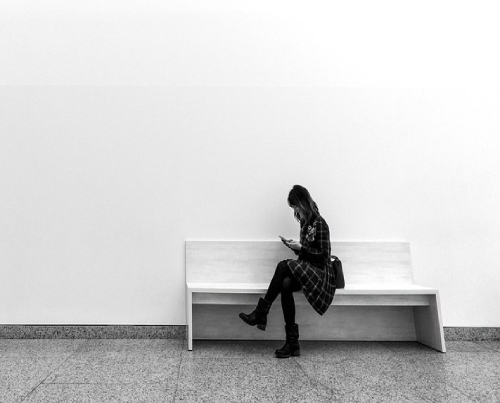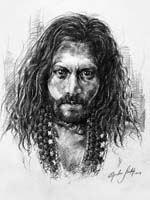Untitled
- Artist Name: Bijendra Pratap
- Medium: Watercolor on paper
- Size: 17 Inch X 12 Inch
- Year: 2020
- Status : In Stock
- Authentic: ORIGINAL ARTWORK BY ARTIST
- Product Code: BART-799699
- Price: | 1 $
Modern And Contemporary Indian Art - Price Negotiable!








BORN
January 1, 1987
EDUCATION QUALIFICATIONS
2008 BFA, Faculty of Visual Arts, Banaras Hindu University, Varanasi
2010 MFA, Faculty of Visual Arts, Banaras Hindu University, Varanasi
SELECTED GROUP EXHIBITIONS
2016 honoring Mother Teresa in Franklin, Ohio, USA
2015 Painting exhibition in Ohio, USA at MOSA
2015 Another painting exhibition in China organized by Art Plue
2015 24 gallery in Cincinnati, Ohio, USA
2010 Burland Art Gallery, UK
2008 BHU College of Visual Arts, Varanasi
PARTICIPATIONS
2008 Art at Ram Chatpar Shilpanyas, Varanasi, India
2008 Annual Art Exhibition, College of Visual Arts, BHU, Varanasi
2008 Annual Art Exhibition, Faculty of Visual Arts, BHU Varanasi
2008 art at Ram Chatpar Shilpanyas, Varanasi, India
2006 Faculty of Visual Arts, BHU Varanasi
2005 Faculty of Visual Arts, BHU Varanasi
2007 Faculty of Visual Arts, BHU Varanasi
2007 Sketch Competition, Faculty of Visual Arts, BHU Varanasi
2006 Faculty of Visual Arts, BHU Varanasi
2006 Sketch Competition, Faculty of Visual Arts, BHU Varanasi
2005 Tulika at IT BHU watercolor competition, Varanasi
2006 Sketch Competition, Faculty of Visual Arts, BHU Varanasi
2004 Black Rider Watercolor Competition Prize, BHU Varanasi
HONORS AND AWARD
2001 State Level School Painting Competition, Patna
2005 drawing competition, College of Visual Arts, B.H.U Varanasi
2006 Sketch Competition, College of Visual Arts, B.H.U, Varanasi
ABOUT THE ARTIST
I am a contemporary artist from India. I have a natural love for colors and from an early age, I started playing with them. In addition to the aforementioned topic and the way of presenting my desire, I always emphasize the alignment of space as an important part of the technical aspect of artistic practice. I enjoy the process that goes from perception on a mundane or intellectual level to execution in the workspace.